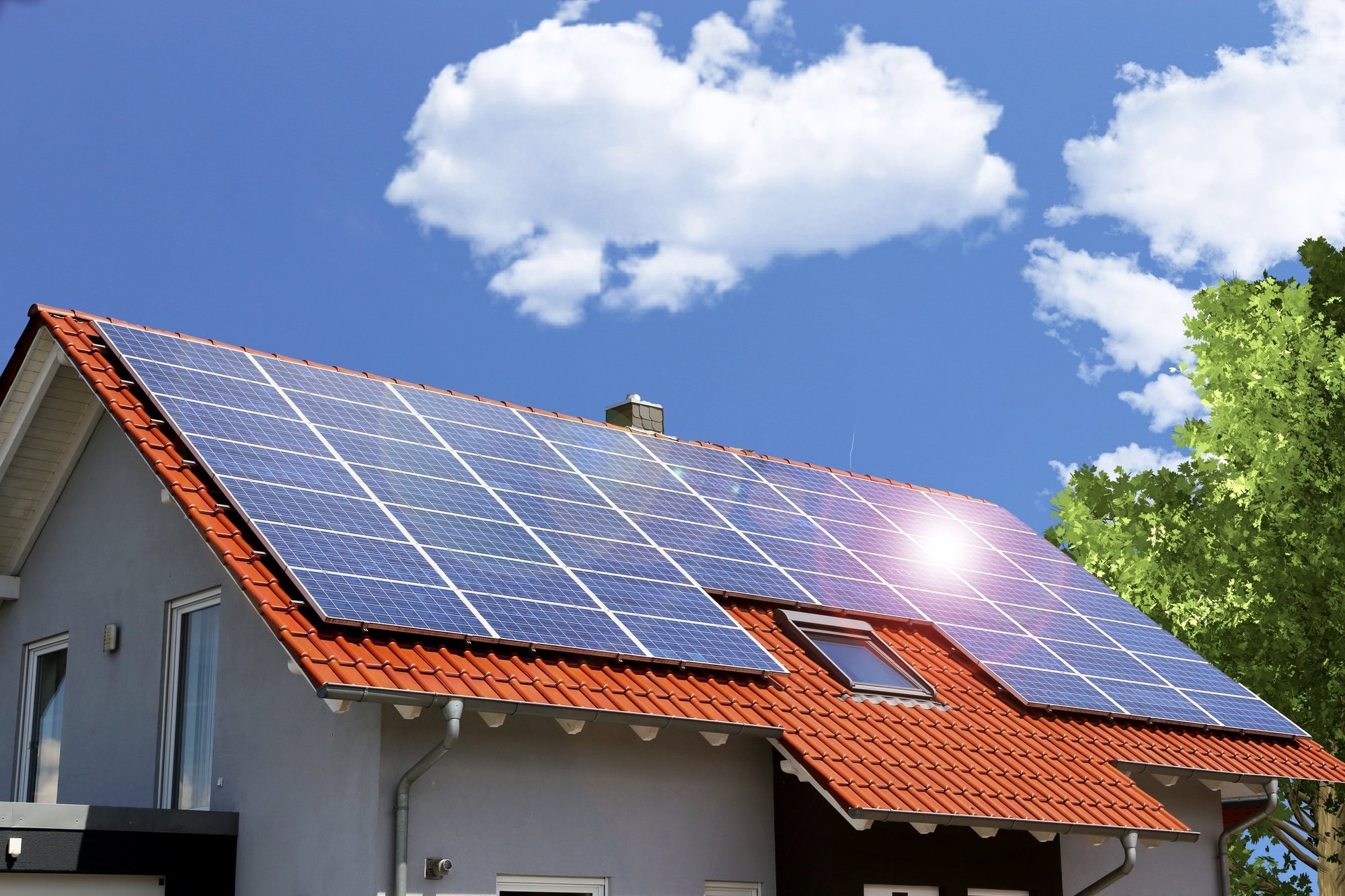3 Important Steps in Solar Panel Installation

There are several steps that a solar installation will typically follow: Engineering site visit, permits and paperwork. Ordering materials. In this article, you will get to know more about Blue Raven Solar panel installation and interconnecting company. Final approval and connection.
Before you can start solar panel installation, you will need to have an approved installation plan for the area where you want to install your new electrical panel. The installation plan should include roof specifications, location of the roof, and the approximate number of panels that will be required. You may also want to include the type of roof and the insulation type that will be used to keep out the moisture and cold of the sun. Your local power grid or electrical commission should have information on how to get your requested amount of power.
Some solar panel installation processes will require that the roof is first built with PV panels. This is a free savings quote about solar panels. This can be done on a flat or sloped roof. It is often best to have at least two or three rows of PV panels on your roof to maximize the amount of power that can be generated by the solar energy system. The actual installation process will include the panels being attached to the roof, the wires being run to the batteries and then the PV cells. The PV cells must be properly wired and placed in the proper areas on the roof to generate maximum electricity.
The next step in the solar panel installation process is to attach the wires to the batteries and then the PV cells. When installing the wires and the PV panels, you will need to use nails, screws, or even solar shingles to securely attach everything together. The solar cells will need to be placed into their specific spot on the roof to properly generate solar energy. If you are not certain of where to place your new electrical generation system, your electrician can usually recommend the best placement for your solar energy system.
The third step in the solar panel installation process is the installation process itself. Once the solar panels and the batteries are installed, the installer will connect the power meter to the system. The power meter tells the installer how much electricity the solar energy system is producing. When this meter is connected, it's important that the installer connects it correctly.
Many people find it hard to believe that solar energy panels can reduce their power bills. However, when the sunlight hits the panels, it creates electrons which are used to create electricity. Some people believe that you can make your own electricity without having to pay an electric bill. While it is true that you can create your own electricity by creating more solar panels, there is no way to make your own electricity without power companies. Therefore, you'll need to pay someone to install them for you. If you want to know more more about solar panels, check out this website: https://www.encyclopedia.com/ref/solar-panels-for-homes.
